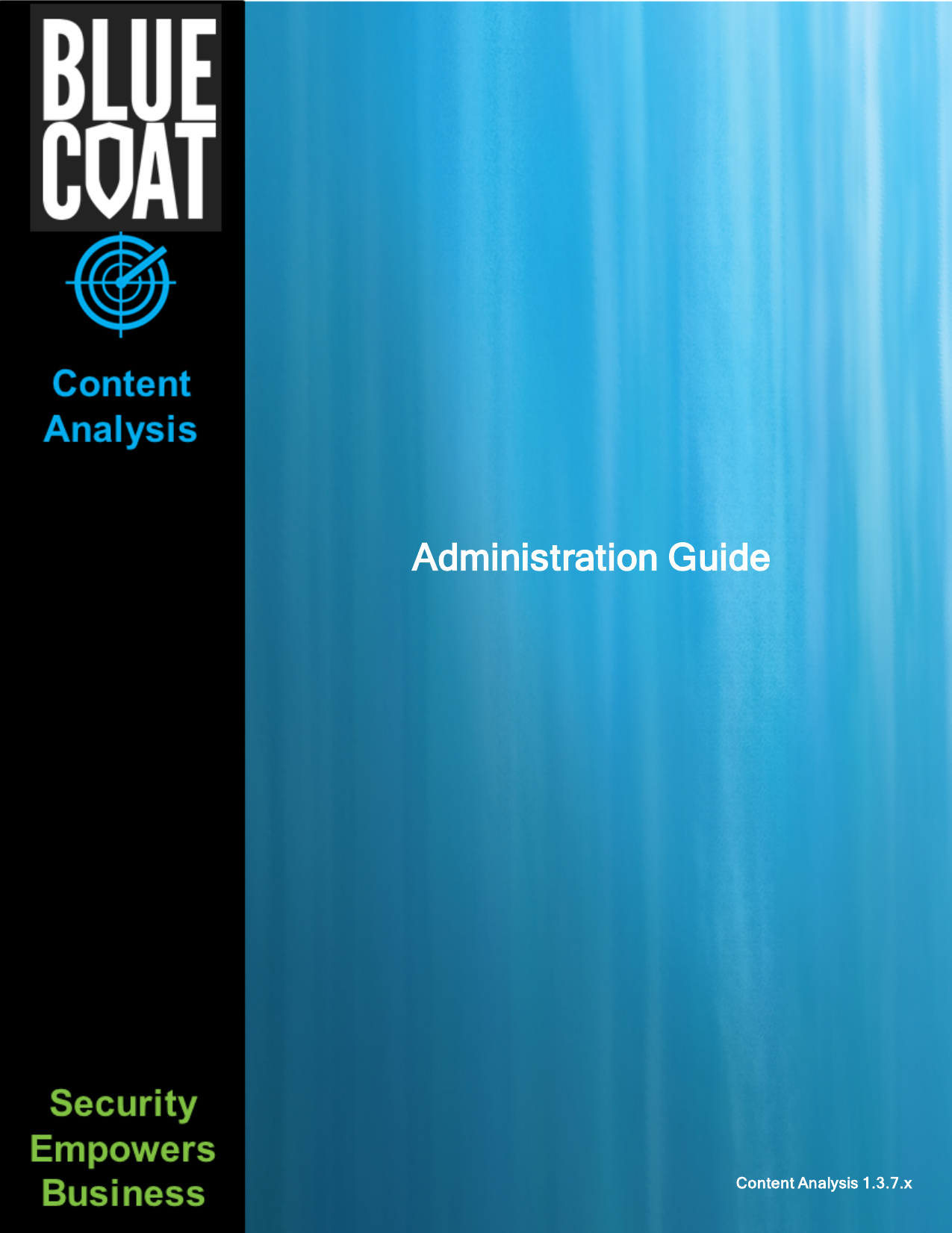
- #Configuring bluecoat reporter for logging ssh how to
- #Configuring bluecoat reporter for logging ssh install
- #Configuring bluecoat reporter for logging ssh download
For example, you can configure the network settings to align with your organization's network security policy, and change the ports and protocols in the daemon to align with the security requirements. Make sure you configure security settings for these devices according to your organization's security policy.
#Configuring bluecoat reporter for logging ssh download
If you want to keep a local copy of the Linux agent installation file, select the Download Linux Agent link above the "Download and onboard agent" command. In the Agents management blade, select the Linux servers tab, then copy the command for Download and onboard agent for Linux and run it on your Linux machine.
#Configuring bluecoat reporter for logging ssh install
Select the Download & install agent for non-Azure Linux machines > link.ģ. Expand Install agent on a non-Azure Linux MachineĢ. Repeat this step for each VM you wish to connect.ġ. In the Virtual machines blade, select a virtual machine to install the agent on, and then select Connect. Select the Download & install agent for Azure Linux Virtual machines > link.ģ. Expand Install agent on Azure Linux virtual machine.Ģ. Under Choose where to install the agent: Machine typeġ. If there are extra or special instructions for your device type, you will see them, along with custom content like workbooks and analytics rule templates, on the connector page for your device. If your device type is listed in the Microsoft Sentinel Data connectors gallery, choose the connector for your device instead of the generic Syslog connector. This is done from within Microsoft Sentinel, and the configuration is sent to all installed agents.Ĭonfigure your Linux machine or applianceįrom the Microsoft Sentinel navigation menu, select Data connectors.įrom the connectors gallery, select Syslog and then select Open connector page. This refers to the device on which the Log Analytics agent will be installed, whether it is the same device that originates the events or a log collector that will forward them.Ĭonfigure your application's logging settings corresponding to the location of the Syslog daemon that will be sending events to the agent.Ĭonfigure the Log Analytics agent itself. There are three steps to configuring Syslog collection:Ĭonfigure your Linux device or appliance. To collect syslog data from this version of these distributions, the rsyslog daemon should be installed and configured to replace sysklog. The default syslog daemon on version 5 of Red Hat Enterprise Linux (RHEL), CentOS, and Oracle Linux version ( sysklog) is not supported for syslog event collection. Log Analytics supports collection of messages sent by the rsyslog or syslog-ng daemons, where rsyslog is the default.

You should choose this option and follow the instructions in Get CEF-formatted logs from your device or appliance into Microsoft Sentinel. If your appliance supports Common Event Format (CEF) over Syslog, a more complete data set is collected, and the data is parsed at collection. In either case, the agent then sends the events from there to your Log Analytics workspace in Microsoft Sentinel. If this Linux forwarder is expected to collect a high volume of Syslog events, its Syslog daemon sends events to the agent over TCP instead. The Syslog daemon on the forwarder sends events to the Log Analytics agent over UDP.

The originating device must be configured to send Syslog events to the Syslog daemon on this forwarder instead of the local daemon. After receiving the messages, the agent sends them to your Log Analytics workspace over HTTPS, where they are ingested into the Syslog table in Microsoft Sentinel > Logs.įor more information, see Syslog data sources in Azure Monitor.įor some device types that don't allow local installation of the Log Analytics agent, the agent can be installed instead on a dedicated Linux-based log forwarder. When the Log Analytics agent is installed on your VM or appliance, the installation script configures the local Syslog daemon to forward messages to the agent on UDP port 25224. For more information about supported connectors for this method, see Data connectors reference.
#Configuring bluecoat reporter for logging ssh how to
This article describes how to connect your data sources to Microsoft Sentinel using Syslog. You can use the Syslog daemon built into Linux devices and appliances to collect local events of the types you specify, and have it send those events to Microsoft Sentinel using the Log Analytics agent for Linux (formerly known as the OMS agent). Syslog is an event logging protocol that is common to Linux. For information about feature availability in US Government clouds, see the Microsoft Sentinel tables in Cloud feature availability for US Government customers.


 0 kommentar(er)
0 kommentar(er)
